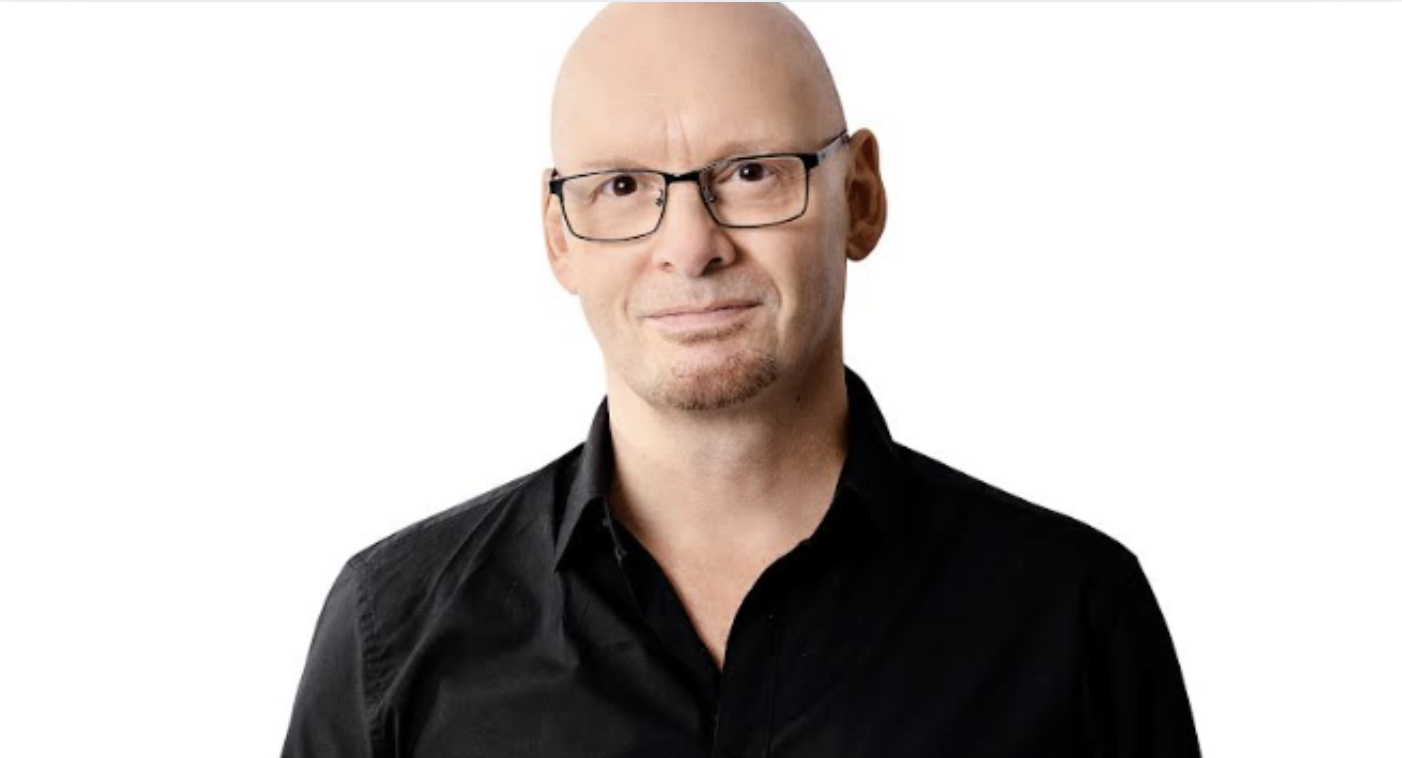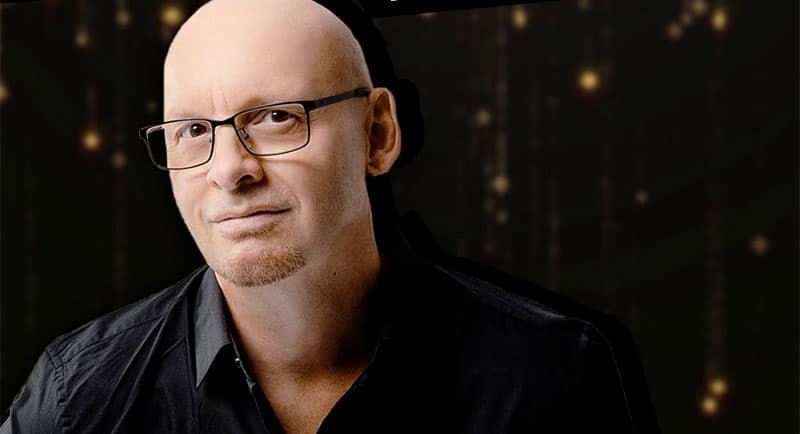Earlier this year, veteran broadcaster Phil O’Neil, known to many as “Ugly Phil”, made a bold move from the FM airwaves of GOLD 101.7 to the AM bandwidth of talk radio titan 2GB.
After decades commanding music formats, O’Neil has stepped into a very different role, hosting the overnight shift on 2GB where conversation, not hits, is the main attraction.
O’Neil’s decision to switch to 2GB wasn’t a spur-of-the-moment choice, rather, it was driven by a desire to stretch his skill set and explore the depth of talk radio.
“Because as a broadcaster, I want to continue to expand my horizons and learn new facets of my craft and also because I’ve got a great interest in talk radio and in communicating in a longer form,” he explained.

From music breaks to marathon monologues
O’Neil’s move into talk radio comes with a significant shift in pace and pressure. Hosting a nightly, five-and-a-half-hour show requires more than a quick wit, it demands preparation, endurance, and depth of knowledge.
“It’s 10 times more work,” he said. “From the minute you get up until the minute you go to bed, you’re constantly working on the show, ideas, observations, interviews. On FM, you don’t have the leeway to expand on thoughts and ideas. Talk radio demands it.”
Each day begins early in O’Neil’s home studio where he conducts and edits interviews, scans newspapers, clips stories, and watches news and current affairs programs to assemble a content-rich show.
“You have to be across everything. I wouldn’t be able to do this show without Dale Sinden, my producer. He’s the right-hand man on the show.”
And while he’s no stranger to broadcasting, O’Neil admits the move hasn’t come without pressure, though the expectations are more personal than professional.
“Probably more pressure from me than from the industry. I don’t feel like I’ve got anything to prove to the industry. I’ve got more to prove to myself. If I’m accepted as a result of what I’m doing, then that’s a bonus,” he said.
Learning in real-time
Despite his radio pedigree, O’Neil is quick to reject the idea that anyone can coast into talk radio.
“It’s not as easy as people think. Having an opinion is one thing, but you need the background to support it, or you’ll get caught out. It’s a learning process between you and the listener,” he said.
That process is something O’Neil takes seriously. He’s made a daily habit of journalling his progress, inspired by the Japanese principle of Kaizen, which translates to “conscious improvement”.
“Every day is a learning process. My wife gave me a book on Kaizen, and every day I write down one thing I’ve learned to make myself better. It’s really helpful,” he said.
He also credits regular feedback sessions with programming veteran and Nine Radio’s head of content, Greg Byrnes, as instrumental to his growth.
“Greg has been far and away the most important person I’ve worked with from a programming position. He’s incredible at pinpointing the areas I need to improve,” O’Neil said.
Overnight ambitions
O’Neil is candid about the long road ahead, calling the overnight shift a “training ground” to master the art of talkback radio.
“I’m miles away from where I want to be, but every single day is another opportunity to fine-tune what I got right, and what I got wrong. I’m learning the skill, and I’m grateful for the opportunity to do it live on air,” he said.
As music formats continue to battle fiercely in the FM space, O’Neil’s move is a compelling cross-format pivot, one that speaks to the evolving opportunities in Australian radio and the hunger for new challenges, even for seasoned broadcasters.
